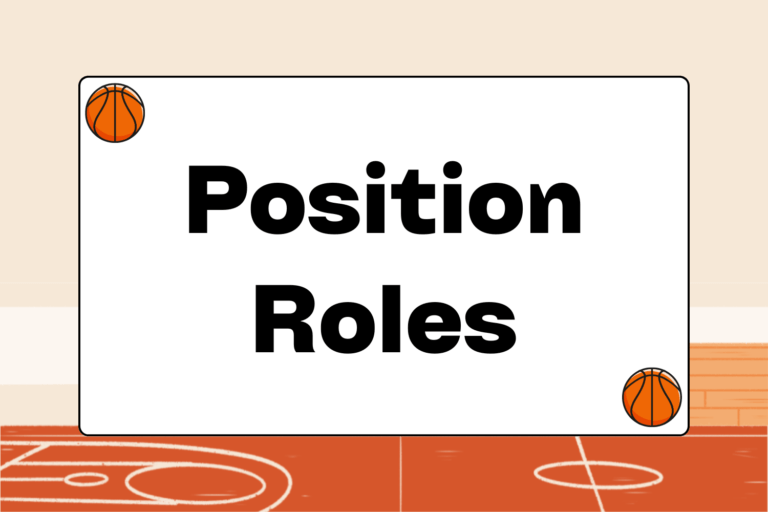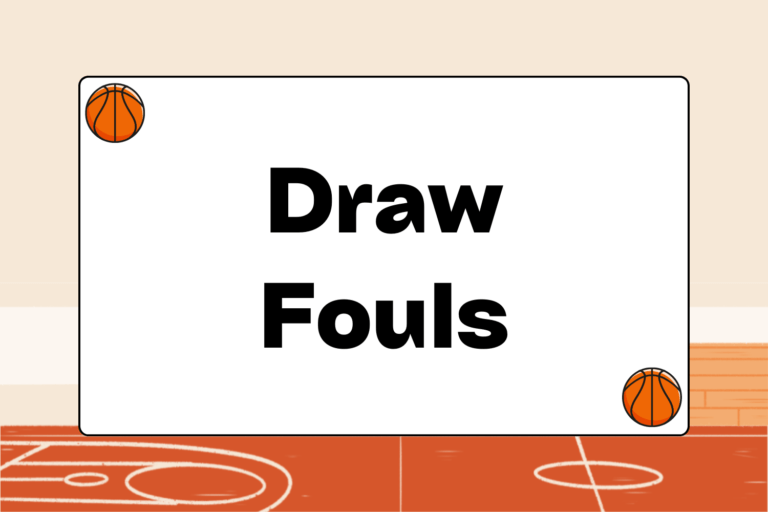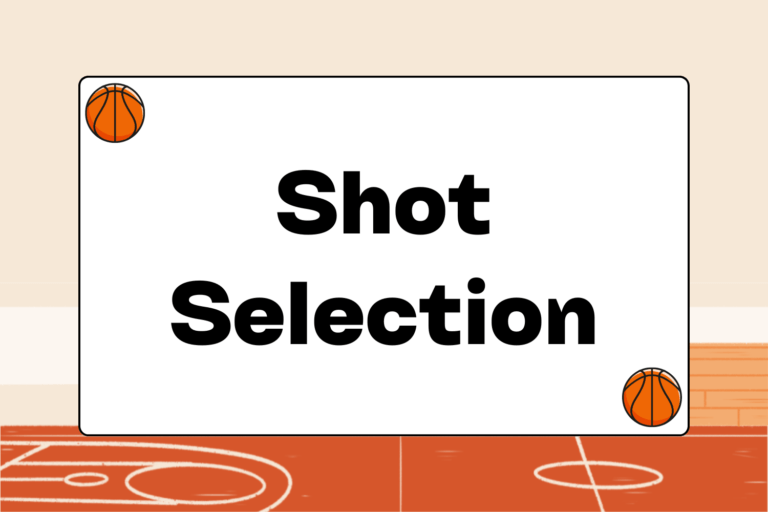If you want to excel in basketball, heed these words of advice: Learn how to pass. The pass is a potent offensive weapon in basketball because good passing can create scoring opportunities and put an enormous amount of strain on the defense. That’s why coaches will always find a spot on the court for an exceptional passer. For this reason, it’s crucial that you familiarize yourself with the different forms of passes.
Principles of Passing
Make these principles second nature and you’ll be filling up the assists column on the stat sheet in no time.
Have a Purpose
Passing isn’t basketball’s version of busy work. Don’t pass the ball just to make it look like you’re doing something. Rather, make sure that every pass you make has a purpose. If your pass doesn’t improve your team’s scoring opportunity it may not be worth making.
Hot Tip: The Catch
Too often players think about the pass only in terms of the delivery, but if a pass isn’t caught then it’s nothing more than a turnover. Keep the tips below in mind when receiving a pass:
- Step to the ball as it comes toward you.
- Use your hands to give the passer a visible target.
- Protect the ball once it is caught.
Pass to a Target
Throwing a basketball requires little talent or technique. Passing, however, is an art form. The two actions may appear similar on the surface, but there is a distinct difference between the two. Throwing is an action that doesn’t require a specific target. But a pass is always executed with a distinct target in mind. Aim to hit a specific spot on the receiver’s body; doing so will significantly improve your accuracy.
Don’t Force the Pass
If a player isn’t open, do not pass the ball. Heaving the ball into a crowded space is rarely a good idea.
Step into Your Passes
When passing you want to try to minimize the amount of time it takes the ball to get from point A (you, the passer) to point B (the target) so that the defense has less of an opportunity to break up your pass. Remembering to step towards your target when you release the ball, shortening the delivery time.
Make it Catchable
An uncatchable pass is a turnover, which is why you should always do your best to deliver passes that are easy to receive. This could mean different things depending on the situation. Here are a few points to consider regarding catch-ability:
- Amount of force applied: It’s important to adjust the velocity of your passes according to the situation. Delivering the ball with a little zip behind it can lessen the chance of the ball being intercepted, but it also makes the pass harder to catch.
- Position of the defense: Ideally, every pass you make should be easily accessible to your target, but out of reach of the defense. That may mean delivering the ball to a certain side of the body or even lobbing the ball over the defender’s head.
Basic Passes
Chest Pass
The chest pass is the quickest and most accurate way to move the rock. A two-handed chest pass that is thrown from chest-height and received at chest height is ideal.
To execute a chest pass, start by gripping the ball on its sides (thumbs should be positioned behind the ball) with your elbows extended out to the side. Raise the ball to chest-level, extend your arms quickly to release the ball, and push it towards the target.
Basic Bounce Pass
The basic bounce pass requires a similar motion to the chest pass: It is a two-handed pass thrown from chest-height. The difference between the two is that the bounce pass will hit the floor before arriving at the target.
To throw a bounce pass, grip the ball on the sides (thumbs should be positioned behind the ball), with your elbows extended out to the side. Raise the ball to chest-level, aim for a spot on the floor between you and the target, and extend your arms quickly to release the ball.
Hot Tip: Hit the Floor
A good rule of thumb when attempting a bounce pass is to aim for a spot on the floor about three-fourths of the way between you and your target.
Overhead Pass
If your pass needs to cover a significant amount of the court in a short amount of time, resort to the overhand pass. Similar to a soccer throw-in, this type of pass is meant to be released above the head and is often used as an outlet pass.
To execute the overhead pass, first position your hands on the sides of the ball. Once your grip is set, bring the ball directly above your forehead (elbows should be bent). From this position extend your arms forward and release the ball towards the target, aiming for the chin area.
Baseball Pass
The baseball pass is a one-handed pass that uses the same motion as a baseball throw. While this technique can be useful for long distance passes, the baseball pass is the least accurate of the basic passes and therefore should be used sparingly.
Be an Assist Machine
Basketball is, first and foremost, a team sport. You may be the best player in the world, but if you don’t pass the ball, your team’s chances of winning are minimal. Even the game’s most spectacular athletes have been humbled by this simple truth. Michael Jordan didn’t win his first NBA championship until he shifted part of his focus to distributing the ball to his teammates. So follow in the footsteps of a champion and step up your passing game.





